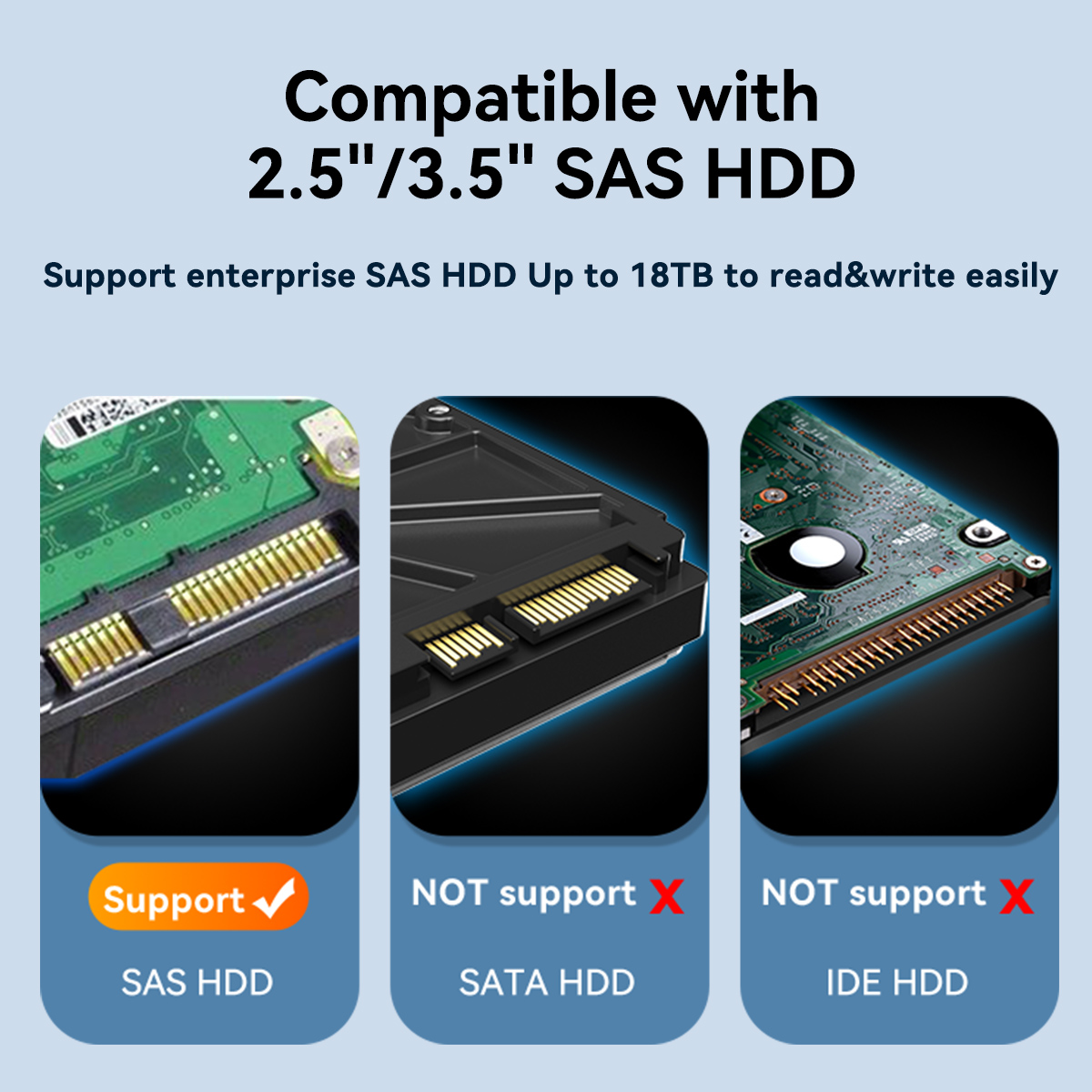With the increasing need for additional storage space for data backups and file transfers, external SATA enclosures have become a popular solution. However, selecting the right enclosure can be overwhelming with the myriad of options available. To make an informed decision, consider the following factors:
Ensure that the external SATA enclosure supports the SATA interface version of your hard drive. SATA I, II, and III are the most common versions, with each having different speed capabilities. Choosing an incompatible enclosure may result in reduced performance or non-functionality.
Consider the type of connection interface that suits your requirements. USB, eSATA, and Thunderbolt are common options. USB offers wide compatibility but may lack in speed compared to eSATA or Thunderbolt. eSATA provides higher data transfer rates, while Thunderbolt is the fastest and supports daisy-chaining for multiple devices.
The material of the enclosure plays a crucial role in durability and heat dissipation. Aluminum enclosures are popular for their lightness and better heat conduction than plastic ones. Additionally, ensure the enclosure has proper ventilation or a built-in fan to prevent overheating of the hard drive.

Consider the size of the hard drive you intend to use with the enclosure. Enclosures may support 2.5-inch or 3.5-inch drives, or sometimes both. Also, determine if you require additional features like hot-swapping capability, RAID configurations, or encryption for enhanced data security.
Choosing an external SATA enclosure that suits your needs requires careful consideration of compatibility, connection interface, enclosure material and cooling, as well as the drive size and required features. By taking these factors into account, you can select the perfect enclosure to enhance your storage capabilities and ensure optimal performance for your data management needs.